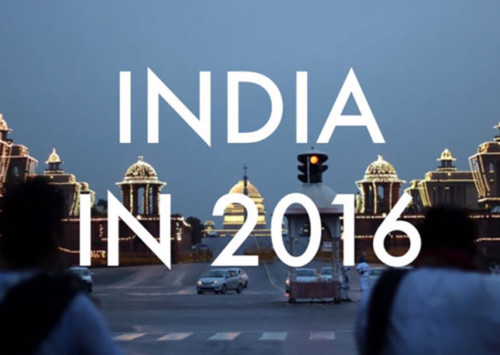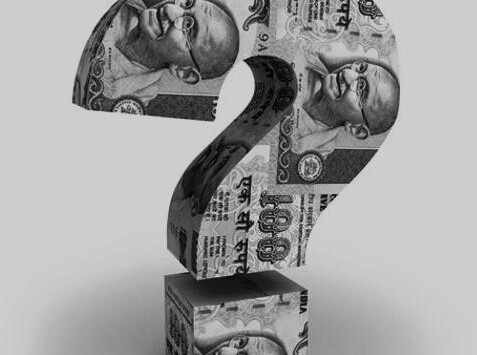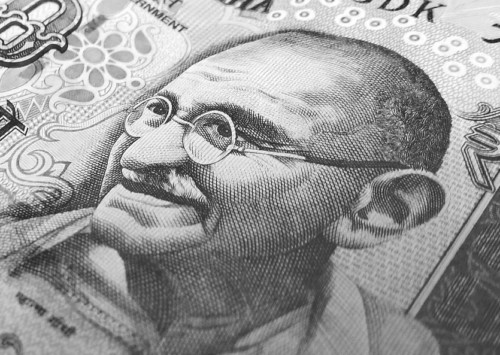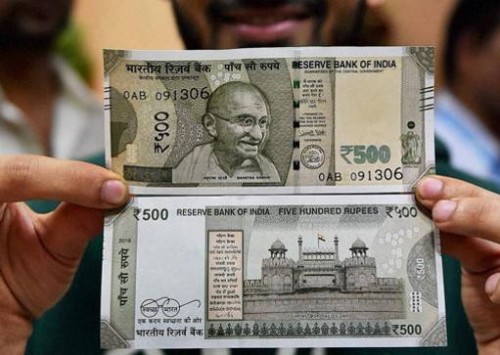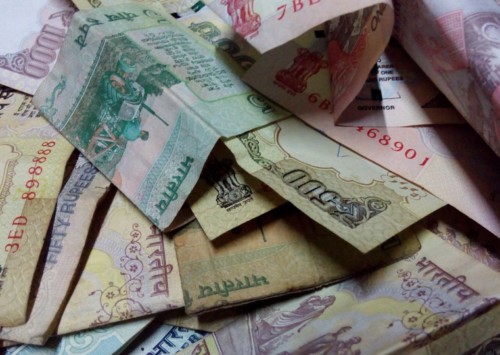Union Budget 2017: India on the path of remonetisation
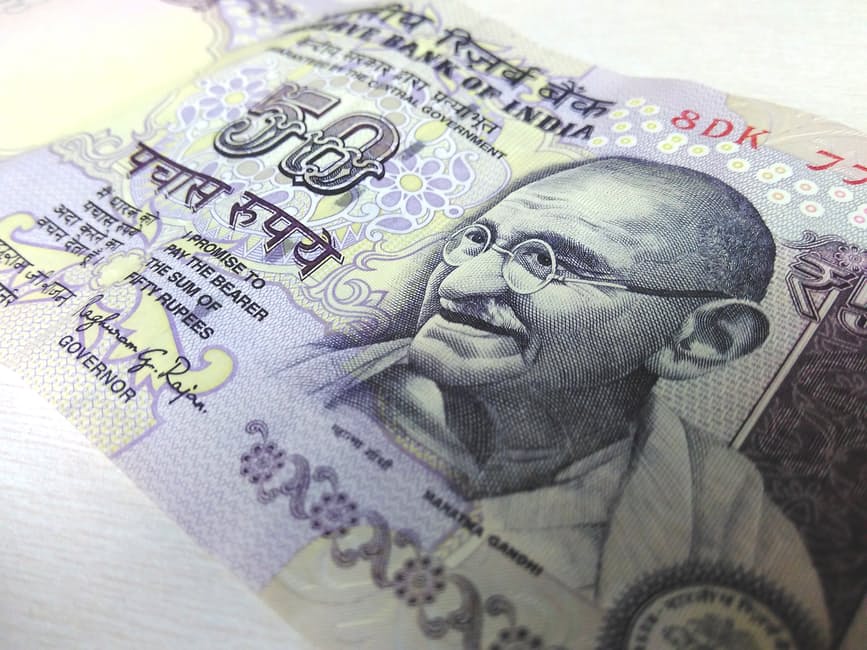
Union Budget 2017 aims to air consumerism in an economy which is currently whirling under demonetisation
After the Indian government has started wheeling the remonetisation mechanism enduringly, banks and ATMs are witnessing a flow of currency. However, the authorities are urge the citizens to go cashless and it was reflected on the budget this year, which was centralised at spending more, but via digital modes.
After demonetisation of currency bills that caused a lot of chaos within India and beyond, the budget for 2017-18 in the country has laid a concrete platform for remonetisation and the Indian Finance Minister, Arun Jaitley started the process of remonetising the country during the budget for this fiscal year, which was focused on more expenditure and consumption, reducing the income tax rate from 10 pc to 5 pc for people earning between INR 250,000 and INR 500,000 per year.
“In 2000, people would have laughed at the suggestion of every poor person having a mobile phone. But, that became a reality in a few years. The same principle for cashless economy applies today,” said Arun Jaitley.
The new budget aims to create a mark up in disposable income aiming to increase consumer spending, which is also being accompanied with an effort to push forward infrastructure funding. INR 3.96 trillion for infrastructure projects has been allocated, taking a massive jump from INR 2.21 trillion which were budgeted last year.
To neutralise the efforts of demonetisation since early November, when it slowed down the Indian economy by promoting inconvenience and panic, the authorities have now reduced bestowal schemes by broadening the tax base and rolled out a red carpet for the poor, the deprived and honest tax payers.
As India stands out as a bright spot in the world economic landscape, the government also focussed on the promotion of digital cash till the process of currency printing is undergoing, as remonetisation will ensure that there is no shortage of currency in the country.
According to a research report by the State Bank of India (SBI), around 70 pc of the economy will be remonetised by the end of February this year. To support this, the authorities are also producing notes of smaller denominations along with INR 2,000 notes.
And, with approximately 1.8 billion currency notes being printed on a monthly basis, daily printing of roughly 70 million pieces of different denominations is carried out in the country. According to the report, around INR 7 trillion has already been supplied by mid-January.
The entire process of remonetisation intends to aid the people who are in need of money and the aim can only be fulfilled when people residing in urban areas withdraw and use their money efficiently and switch to using digital modes of payments for their daily needs.

